Cute Animals
Parrot with half his beak has innovative way of preening [Video]
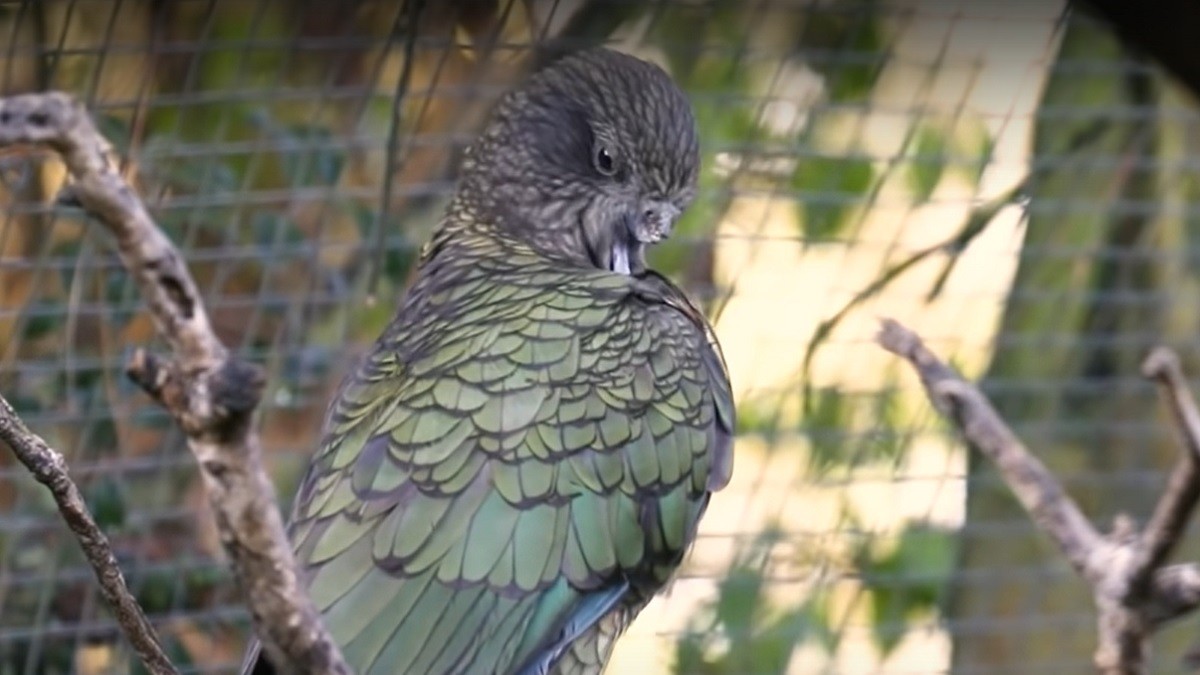
- Bruce the kea was missing half his beak when he was rescued from the wild.
- He has since learned to preen by using his tongue to place and control a pebble on his lower beak.
- Researchers observed that his behavior was intentional, and that he has innovated the technique by himself.
Meet Bruce the kea. When he was rescued from the wild in 2013 and arrived at the Willowbank Wildlife Reserve in Christchurch, New Zealand, the upper part of his beak was missing — perhaps due to an accident with a pest trap. He’s given soft food in the aviary for easy eating. But despite his disability, he has learned how to eat harder foods and has even found another way to continue preening.
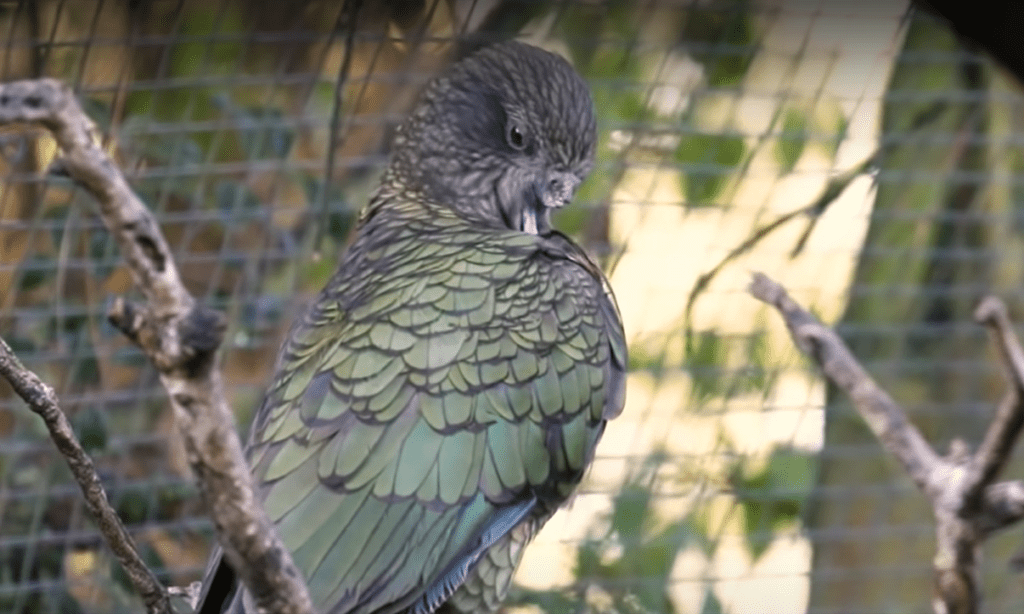
Birds use their beak for preening to maintain and take care of their feathers.
Since Bruce is missing half his beak, he has found a tool to make up for it.
His self-care routine starts with finding the perfect pebble. He then uses his tongue to roll it around his lower beak, then uses it to clean or rearrange his feathers.
Researchers from the University of Auckland found this behavior to be innovative: “Although anecdotal reports exist for self-care tool use in pet parrots, this form of tool use is rare in the wild, and this is the first time it has been observed in a kea. It is also the first scientific observation of a parrot using a pebble for self-care.”
So they observed Bruce for nine days. They noticed that he had a specific size in mind when searching for pebbles. Whenever he picked up a pebble, he used it for preening about 90% of the time. And whenever he dropped it, he would pick it up again and continue preening or look for a replacement.
These observations convinced the researchers that the tool use was indeed intentional.
Take a look at his skills in this video from the university’s Animal Minds Lab:
Bruce’s fellow keas have not shown the same pebble-preening behavior.
“Kea do not regularly display tool use in the wild, so to have an individual innovate tool use in response to his disability shows great flexibility in their intelligence,” noted study lead author Amalia Bastos.
The study on Bruce’s behavior was published last week in the journal Scientific Reports.
Source: MSN

-
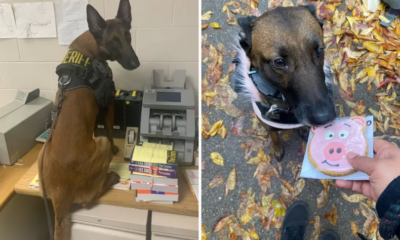
 Cute Animals6 months ago
Cute Animals6 months agoPuppy Love Patrol: Service Dog Swoons Over K9 Officer Neighbor
-

 Cute Animals10 months ago
Cute Animals10 months agoHugs, Hooves, and Happiness: Newborn Donkey Steals Hearts by Demanding Affection [Video]
-

 Cute Animals9 months ago
Cute Animals9 months agoWATCH: A German Shepherd’s Surprising Parenting Instinct for Lost Ducklings!
-

 Cute Animals11 months ago
Cute Animals11 months agoPetty Pup Pulls Off Hilarious Bone Heist [Video]
-
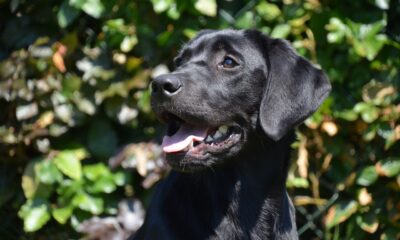
 Heroes8 months ago
Heroes8 months agoA Lost Dog’s Bark Leads to a Lifesaving Discovery
-

 Cute Animals10 months ago
Cute Animals10 months ago“Pure Love”: Adopted Rescue Dog Can’t Hide How Grateful He Is [Video]
-
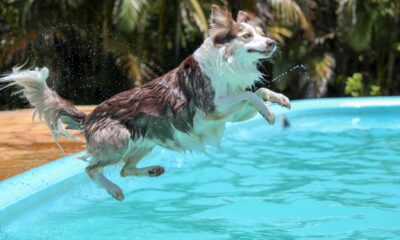
 Cute Animals9 months ago
Cute Animals9 months agoAdorable Puppy Steals Hearts After a Tiring Swim [Video]
-

 Cute Animals10 months ago
Cute Animals10 months agoTiny but Mighty: Cat with Dwarfism Becomes Internet Star as Owners Adapt Backyard for Her Comfort
